Introduction:
Childhood allergies are becoming increasingly prevalent and have a negative impact on children's quality of life and health. Indoor air quality is an important aspect of managing childhood allergies, and air purifiers are effective tools that can help create a safe and healthy environment. This article explores the relationship between childhood allergies and indoor air quality, discusses the role and benefits of air purifiers, and provides practical usage advice to help parents create a clean and healthy indoor air environment for their children.
Characteristics of Childhood Allergies:
- Increased sensitivity to allergens: Due to the incomplete development of their immune systems, children are more prone to allergic reactions to common allergens such as dust mites, pollen, and pet dander.
-
Common symptoms of childhood allergies include nasal congestion, coughing, sneezing, itchy eyes, and skin irritation.

Impact of Indoor Air Quality on Childhood Allergies:
-
Sources of allergens: Indoor allergens like dust mites, pollen, and mold spores are significant contributors to the occurrence of childhood allergy symptoms.

-
Influence of chemical pollutants: Chemical pollutants such as volatile organic compounds (VOCs) and semi-volatile organic compounds (SVOCs) present in indoor air can trigger or exacerbate childhood allergy symptoms.
Roles and Benefits of Air Purifiers:
-
Filtering allergens and pollutants: Air purifiers equipped with high-efficiency particulate air (HEPA) filters and activated carbon filters can capture and remove airborne allergens and chemical pollutants effectively.
-
Providing fresh and healthy indoor air: Air purifiers can purify the air by eliminating odors, bacteria, and viruses, thus providing a cleaner and healthier indoor environment.

-
CADR value: Select an air purifier that matches the room size and pay attention to its Clean Air Delivery Rate (CADR) to ensure sufficient airflow.
-
Filter types: Prioritize air purifiers with HEPA filters and activated carbon filters to maximize the removal of allergens and chemical pollutants.
-
Child safety design: Choose air purifiers with child-safe design features to prevent accidents and ensure ease of use.

Usage Tips for Air Purifiers:
-
Proper usage: Follow the manufacturer's instructions for installation and use of the air purifier, and replace the filters regularly to maintain its optimal performance.
-
Regular cleaning: Clean the housing and air intake regularly to ensure the air purifier operates effectively.

Conclusion: Air purifiers are valuable tools in improving indoor air quality for children with allergies. By selecting an appropriate air purifier, using it correctly, and maintaining it properly, parents can reduce the exposure to allergens and chemical pollutants, creating a safe and healthy environment for their children's growth. It is essential for parents to recognize the importance of indoor air quality in managing childhood allergies and take appropriate measures to improve and maintain it.

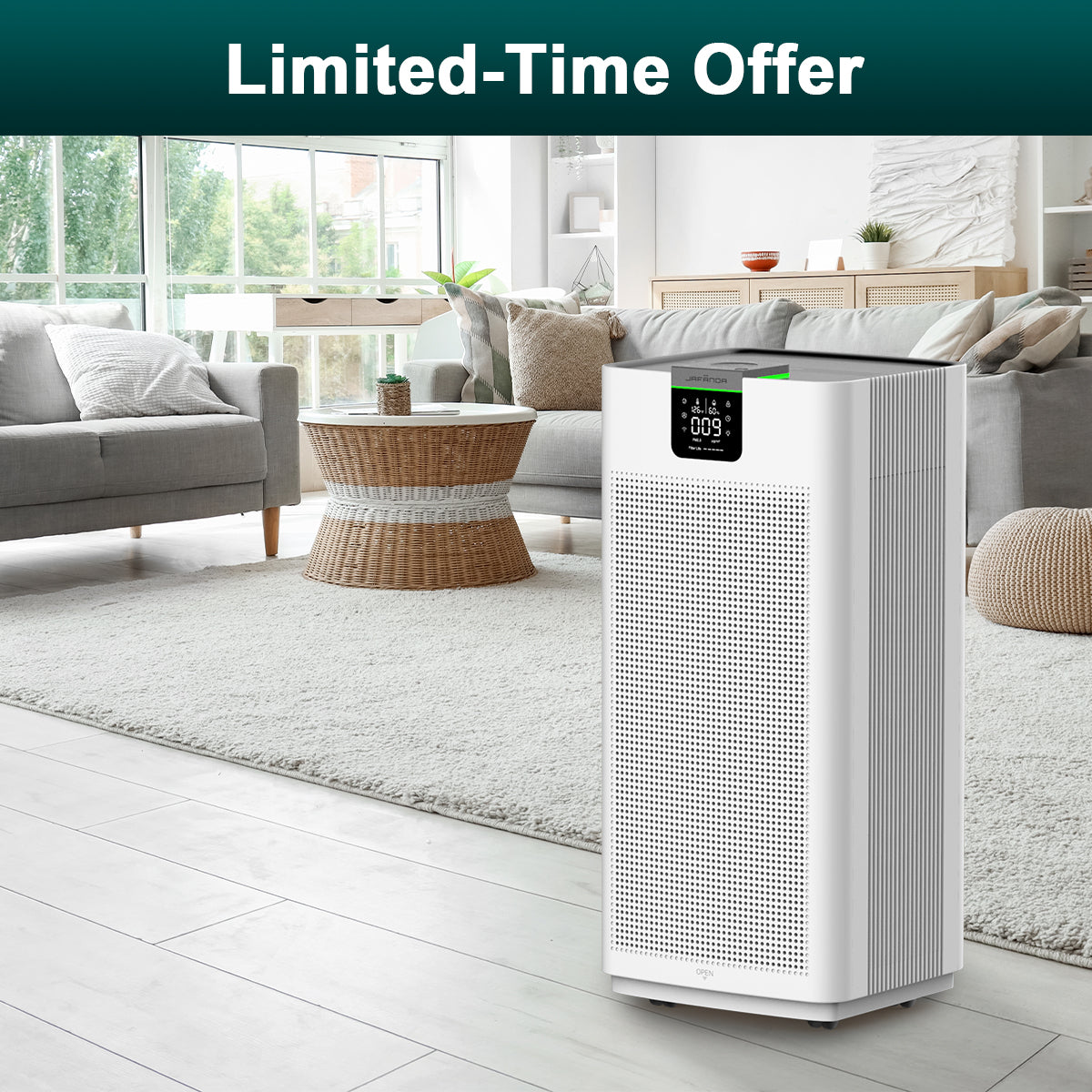
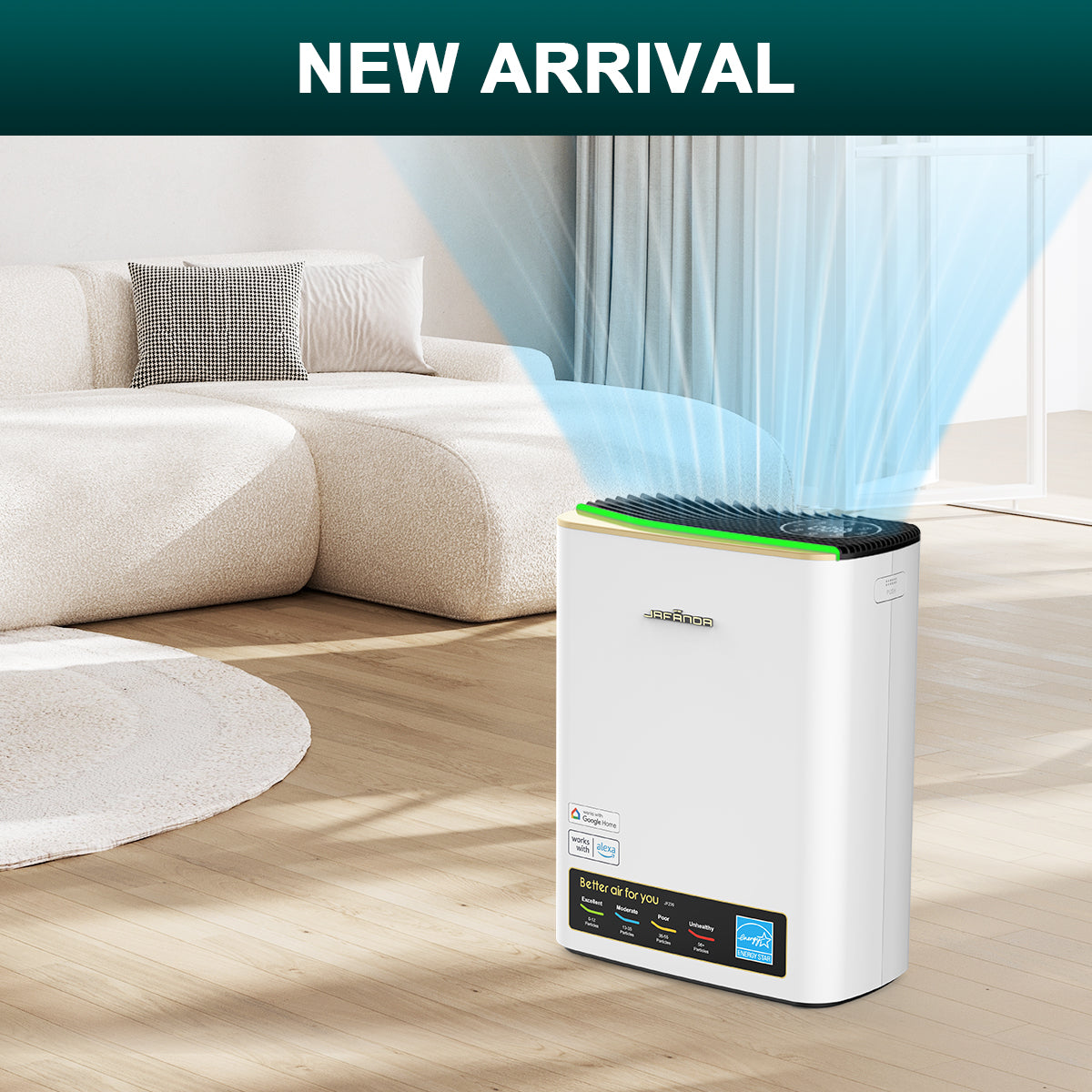
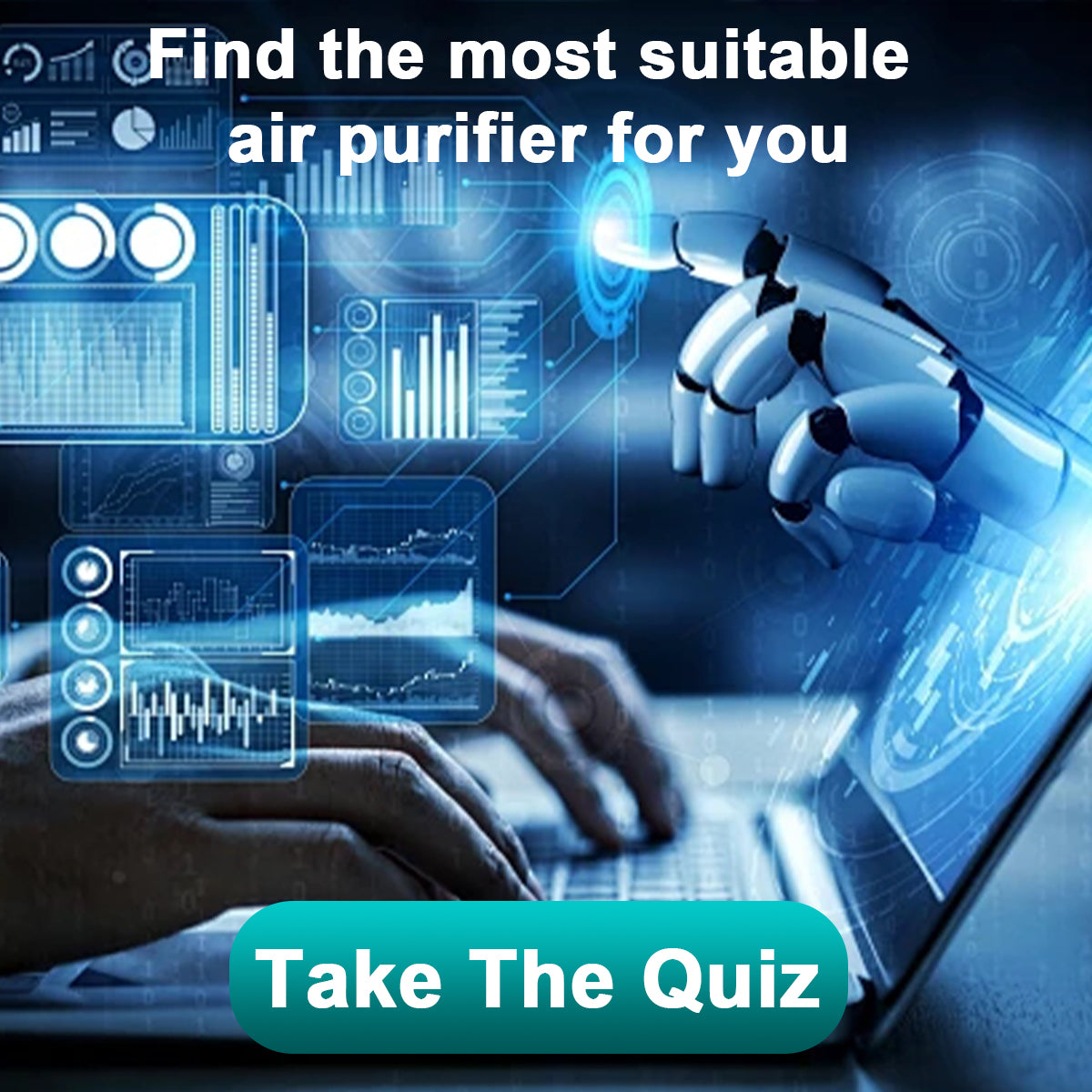
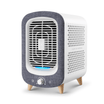
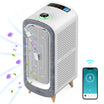
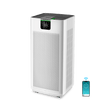
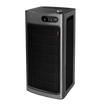


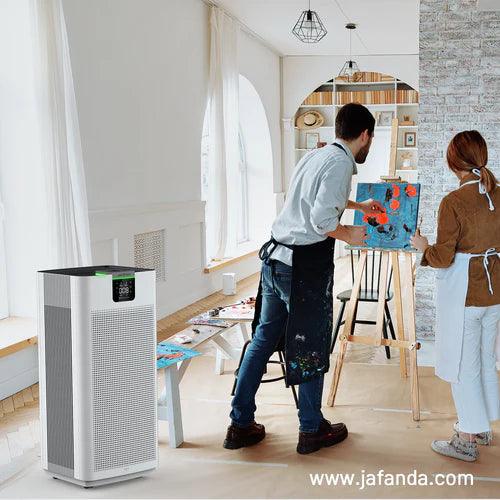
Leave a comment
All comments are moderated before being published.
This site is protected by hCaptcha and the hCaptcha Privacy Policy and Terms of Service apply.